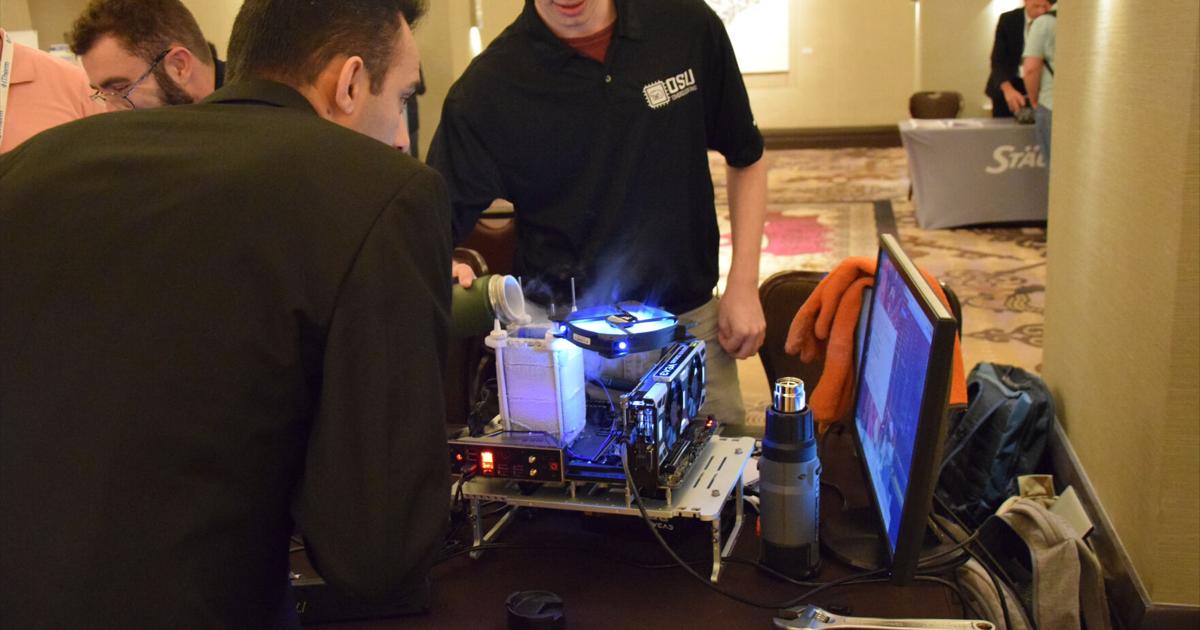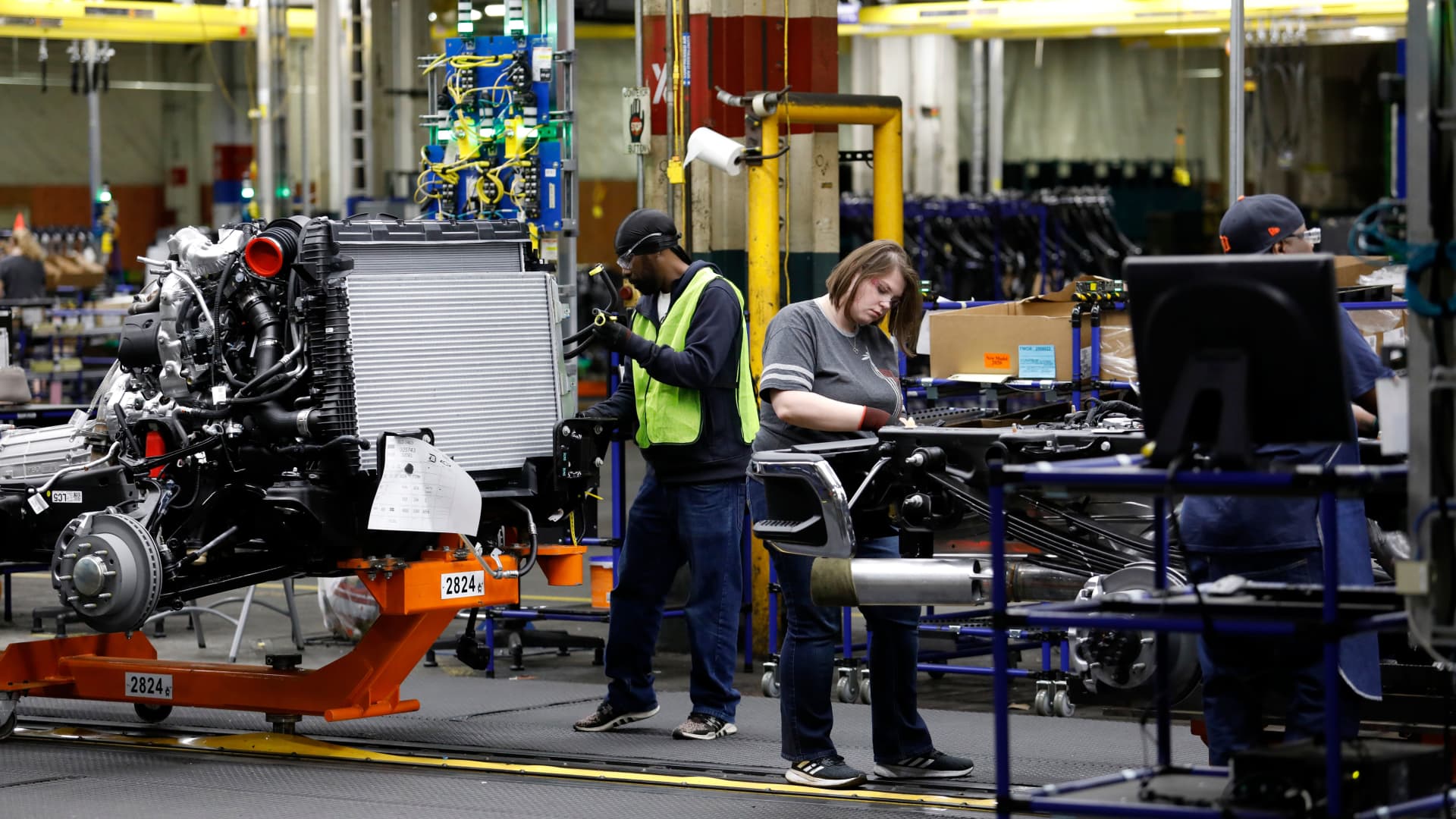CORVALLIS, Ore. — Researchers in the Oregon Point out University School of Engineering are spearheading a $2 million federal work to discover new means of acquiring electrical factors that are better able to endure serious working ailments, especially superior temperatures.
The staff will try to uncover novel, artificial-intelligence-centered methods for designing and developing extended-long lasting, higher-efficiency electrical components for severe-environment purposes this kind of as higher-electricity radar and the aerospace, automotive and wi-fi communications industries.
“The semiconductor marketplace is reaching the restrict of what is feasible in conditions of creating products smaller,” mentioned Oregon State’s Tom Weller. “In buy to remain on its outstanding, decades-extensive path of raising effectiveness and lowering value, the business is now shifting to new means of packaging semiconductor products. These packaging methods introduce heat management difficulties, some of which our analysis will attempt to deal with.”
Tom Weller, the Gaulke Chair in electrical engineering, will guide a collaboration that features Oregon State’s Joshua Gess, Rob Stone, Chris Hoyle and Rachael Cate as nicely as researchers from Florida Atlantic University and the College of South Florida.
The undertaking, element of the Nationwide Science Basis Potential of Semiconductors (FuSe) application, will be carried out with simultaneous thing to consider of electrical, mechanical and thermal design and style, Weller said. Gess, Stone and Hoyle are mechanical engineering school, and Stone is also the head of OSU’s innovation-concentrated Influence Studio.
“The critical to resolving the hard challenge of heat management incorporates a co-style and design methodology exactly where all elements of the methods are optimized jointly rather of independently, utilizing equipment learning solutions to speed up the approach,” Weller claimed. “The underlying complex progress is the introduction of fluid-based heat management buildings that are immediately integrated with the electrical units. The investigation could direct to speedier and more affordable electronics for computing and speaking in the future.”
The scientists will also set up an academic outreach software for pupils in grades 7-12 that will double as assistance-centered discovering possibilities for undergraduate and graduate students associated in the task.
“These services-dependent studying functions are aligned with a nationwide model for state-of-the-art producing training, with a exclusive concentration on such as individuals from historically marginalized teams,” Weller stated.





/cloudfront-us-east-2.images.arcpublishing.com/reuters/VVGAQVDFTRNYTPG5WGOPXM32BQ.jpg)
